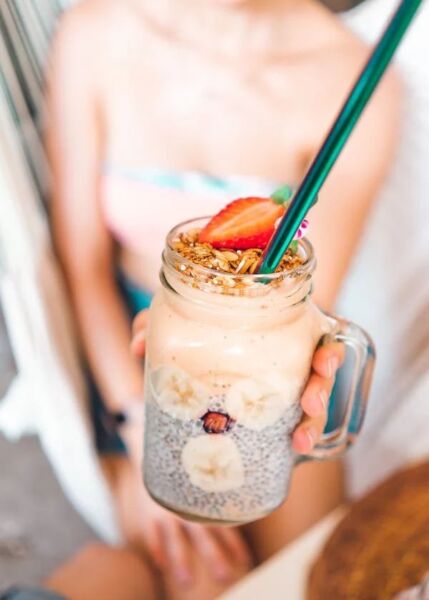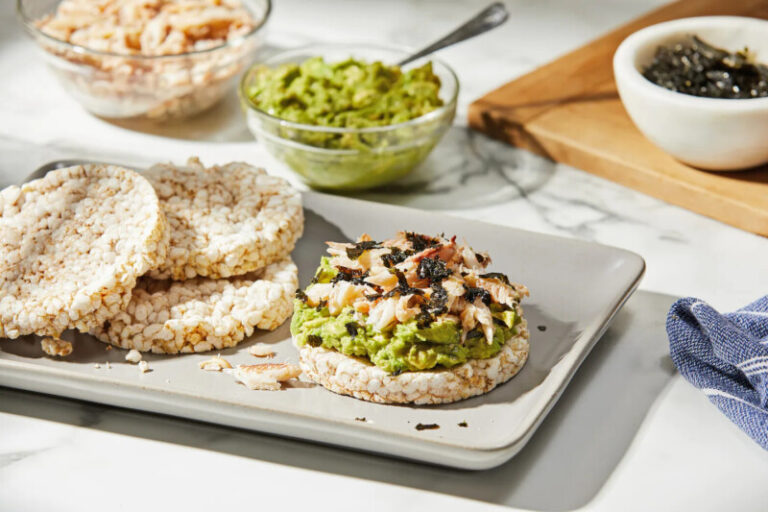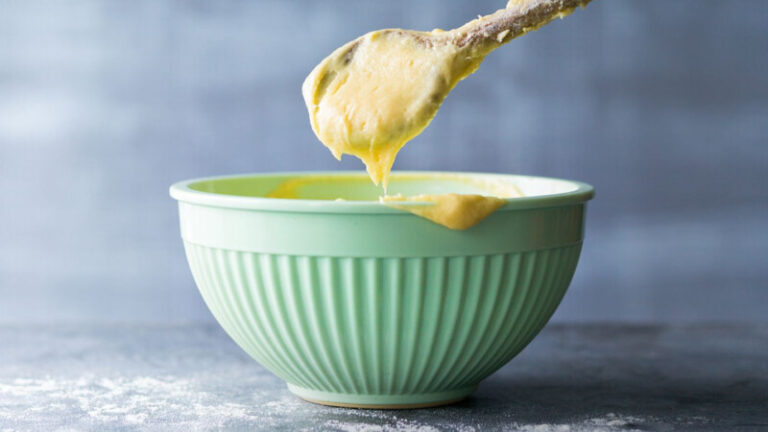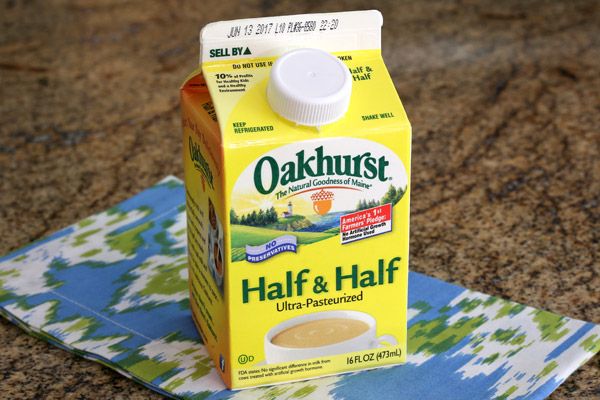Is Water Or Milk Better In Smoothies?
Smoothies are an easy way to increase your daily fruit and vegetable intake. Blending raw fruits/veggies into drinkable form allows for easier digestion and absorption compared to eating whole produce. The dilemma is whether to use water or milk as the foundation for smoothie recipes.
Water and milk each have their advantages and disadvantages when making smoothies. Factors like nutrition, calories, taste, texture, convenience, and dietary restrictions need to be considered when deciding between the two bases. Read on to learn which liquid works best for different goals and lifestyles.
Benefits of Using Water as a Base for Smoothies
Using water as the liquid base for smoothies has several benefits:
Convenience and Accessibility
One of the best aspects of water is that it is readily available and easy to use. You don’t have to make a special trip to the store to buy milk to have on hand for smoothies. Every home has easy access to tap water or bottled water. This makes spontaneous smoothie-making simple.
Doesn’t Change Flavor
Since water has no inherent flavor, it won’t alter the tastes of the fruits and veggies you blend it with. This allows the natural flavors of the smoothie ingredients to shine. Other liquids like milk and juice can overpower the flavors.
Ideal for People Avoiding Dairy
Using water instead of milk allows people with milk allergies or lactose intolerance to still enjoy smoothies. Water-based smoothies are also good for those avoiding dairy for dietary reasons like vegan or paleo diets.
Low in Calories for Weight Loss
Water contains zero calories, so water-based smoothies will have a lower calorie count compared to using juice or milk. This can benefit people trying to lose weight through calorie control. The fewer liquid calories, the lower the total smoothie calories.
Hydrates the Body
Drinking smoothies made with water can help hydrate the body, which is essential for many vital functions. Staying hydrated aids digestion, regulates body temperature, boosts immunity, improves cognition, keeps energy levels up, and helps the kidneys flush toxins.
Cost-Effective
Using tap or filtered water as the base ingredient saves money compared to purchasing milk or expensive juices and nut milks. Water is free from the tap or extremely cheap when bought bottled or filtered. Smoothies made with water are very budget-friendly.
Doesn’t Affect Nutrient Absorption
Some compounds in milk and juice can inhibit the body’s ability to absorb certain nutrients from the whole fruits and vegetables blended into the smoothie. Water does not interfere with nutrient absorption.
Disadvantages of Using Water for Smoothies
While using water for smoothies has some clear advantages, there are a few potential downsides to consider:
Lacks Nutrients
Unlike milk, water does not provide any significant vitamins, minerals, protein, healthy fats, or carbohydrates on its own. While it won’t interfere with nutrient absorption from the produce, water does not add any nutritional value either.
Can Result in Thin Consistency
Watery smoothies with a thin, unsatisfying consistency are a common complaint when using water as the base. Without the natural thickness that milk and some juices provide, water-based smoothies can be quite runny if not prepared properly.
Blander Taste
Milk and some juices impart a richness and sweetness that enhances the taste of smoothies. Water does not affect the flavor profile at all. So water-based smoothies may taste more diluted or bland compared to using other liquids.
Benefits of Using Milk as a Smoothie Base

There are also several advantages that using milk can offer for smoothie recipes:
Highly Nutritious
Unlike water, milk contains many beneficial nutrients including protein, calcium, potassium, phosphorus, vitamins A, D, B12, riboflavin, and more. These compounds complement the nutrients from the fruits and veggies.
Good For Meal Replacement Smoothies
The protein, carbs, and nutrients in milk make it ideal for meal replacement smoothies that are designed to substitute for a full breakfast or lunch. Milk provides more staying power.
Provides a Creamy, Thick Texture
Milk naturally improves the texture of smoothies, making them rich, cold, and satisfying. The smooth, creamy consistency milk offers is what most people desire from a great smoothie.
Disadvantages of Milk as a Smoothie Base
However, there are a few drawbacks associated with using milk for smoothies instead of water:
Not Suitable for Vegans or Dairy-Free Diets
Milk is an animal product making it unsuitable for vegans. It also contains lactose so it must be avoided by those with lactose intolerance or dairy allergies. Alternative milks can be used instead.
Higher in Calories and Fat
The calories and fat naturally present in animal milk can tally up quickly when used as the base for smoothies, especially in larger portions. This may not be ideal for people restricting calories for weight loss.
Can Overpower Fruity Flavors
The thicker texture and creamy taste of milk can mute more delicate fruit flavors in a smoothie recipe. Berries, citrus fruits, tropical fruits, and stone fruits tend to taste less pronounced with milk as the base liquid compared to water.
Can Curdle with Acidic Ingredients
Milk is sensitive to acidic ingredients like citrus, pineapple, kiwi which can cause it to curdle or separate. This gives the smoothie a curdled, unpleasant texture and flavor.
Liquid Base Options for Smoothies
Water and dairy milk are not the only options to use as a base when making smoothies. There are several other choices including:
- Dairy – cow’s milk, goat’s milk, kefir, yogurt, buttermilk
- Plant-based milks – soy, almond, coconut, oat, hemp, rice, pea
- Nut milks – almond, coconut, cashew
- Fruit juices – apple, orange, pineapple, grapefruit
- Coconut water
- Coconut milk or cream
- Kombucha
- Iced tea
- Iced coffee
Consider your goals, preferences, and dietary needs when selecting a smoothie base. Combining water and milk is another great option.
How to Make Thick Smoothies Without Milk

One common complaint about water-based smoothies is that they can turn out thin and watery. But there are easy ways to create richer, creamier smoothies using water instead of milk:
Use Plant-Based Milk Alternatives
Nondairy milks like almond, soy, coconut, oat, hemp all provide thickness that mimics dairy milk. They can be substituted 1:1 for cow’s milk in any smoothie recipe.
Blend in Frozen Fruit
Using frozen fruit is an easy way to guarantee a thick smoothie texture. The ice crystals that form when freezing rupture the fruit’s cell structure, allowing it to blend into a frosty, creamy consistency. Great frozen fruits for smoothies include bananas, mangos, pineapples, berries, and stone fruits.
Add Textured Fruits and Vegetables
Some fresh produce naturally provides more body and thickness when blended compared to watery fruits like citrus. Good options include avocados, applesauce, mangos, papayas, apricots, and cooked sweet potatoes or butternut squash.
Dollop in Nut Butters
Nut butters like almond, peanut, cashew and coconut butter add protein, healthy fats and silky thickness to smoothies. Add 2-4 tablespoons per smoothie.
Use Ground Seeds and Grains
Chia seeds, flax seeds, hemp seeds, oats and other grains can help create a thicker, more satisfying texture when blended with water. Soak chia and flax seeds for 5-10 minutes before blending to allow them to plump up.
Fill Up with Crushed Ice
If you don’t have frozen fruits, simply adding a cup or two of crushed ice and blending it completely mimics a frosted texture.
How to Make Smoothies Using Water as the Base
Using water for smoothies does take a bit more finesse compared to the natural thickness milk provides. Here are some tips:
Consistency Can Be a Challenge
Water simply does not provide any thickness or texture. All the texture for water-based smoothies must come from the fruits, veggies, nut butters, powders, and other mix-ins you add.
Water to Ingredient Ratios
- Fruit and veggie-only smoothies = 1 cup water : 1.5-2 cups chopped produce
- Smoothies with powders or nut butters = 1 cup water : 1 cup produce + 2-4 tbsp powder/nut butter
- Smoothies with seeds, grains or greens = 1 cup water : 1 cup produce + 1-2 tbsp seeds/grains/greens
These ratios provide enough water for the blender blade to turn smoothly while maintaining an ideal texture. Add more water for thinner smoothies.
Blending Tips for Water-Based Smoothies
- Always add liquids to the blender first
- Chop produce into small, evenly-sized pieces for smooth blending
- Start blending at low speed to pull ingredients towards the blade, then increase to high speed
- Blend for 45-60 seconds at high speed or until completely smooth
- Add more water if needed for desired consistency
- Pour into a glass and enjoy immediately for best texture
Follow these tips and the ratio guidelines, and you can easily make delicious thick and frosty smoothies using water instead of milk.
Water-Based Smoothie Recipes
Here are some tasty smoothie recipe ideas using water as the liquid base:
Strawberry Banana Protein Smoothie
- 1 cup water
- 1 banana, frozen
- 1 cup strawberries, frozen
- 2-3 tbsp vanilla protein powder
- 1 tbsp almond butter
- 1 tbsp chia seeds
Green Pineapple Detox Smoothie
- 1 cup water
- 1 cup pineapple, chopped
- 1 cup spinach
- 1 kale leaf, stems removed
- 1 tbsp hemp seeds
- 1 tbsp freshly squeezed lemon juice
Blueberry Avocado Thick Shake
- 1 cup water
- 1 cup blueberries, fresh or frozen
- 1/2 avocado, peeled and pitted
- 2-3 tbsp vanilla protein powder or vanilla plant-based yogurt
Peaches and Cream Oatmeal Smoothie
- 1 cup water
- 1 cup peaches, frozen
- 1/3 cup dry rolled oats
- 2 tbsp almond butter
- 1 tsp ground cinnamon
- Pinch of nutmeg
Chocolate Cherry Smoothie
- 1 cup water
- 1 cup pitted cherries, frozen
- 1 banana, frozen
- 1 tbsp cacao powder or cocoa powder
- 1 tbsp almond butter
Conclusion
Deciding whether to use water or milk as the base when making smoothies depends on your dietary preferences and needs. Water provides the benefits of being widely accessible, low calorie, neutral in flavor, and hydrating. But it lacks the natural creaminess of milk. For thicker, richer smoothies, plant-based milks can be substituted for dairy, or texture can be added with frozen fruit, nut butters, oils, and ground seeds or grains. With the right ratios and a blender, smoothies with water can be just as satisfying. Consider your individual health goals and lifestyle when choosing between the two options.






